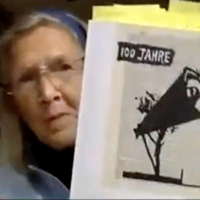 VIDEO PODCAST: Discussion about Bernard Haitink (1929-2021), Salzburg, Roger Doyle's Finnegans Wake Project, the English Symphony Orchestra, the Chopin Competition Warsaw, Los Angeles Opera and other subjects.
VIDEO PODCAST: Discussion about Bernard Haitink (1929-2021), Salzburg, Roger Doyle's Finnegans Wake Project, the English Symphony Orchestra, the Chopin Competition Warsaw, Los Angeles Opera and other subjects.
- Orlando Records
- Theatre Royal
- music festivals
- Lyndsie Holland
- Monica Sinclair
- al fresco
- Orchestra of the Age of Enlightenment
- Caroline Shaw
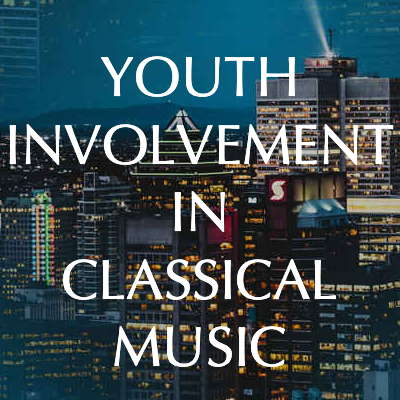 VIDEO PODCAST: John Dante Prevedini leads a discussion about Youth Involvement in Classical Music - this specially extended illustrated feature includes contributions from Christopher Morley, Gerald Fenech, Halida Dinova, Patricia Spencer and Roderic Dunnett.
VIDEO PODCAST: John Dante Prevedini leads a discussion about Youth Involvement in Classical Music - this specially extended illustrated feature includes contributions from Christopher Morley, Gerald Fenech, Halida Dinova, Patricia Spencer and Roderic Dunnett.
Connecting the Natural and Human Worlds

ONA JARMALAVIČIŪTĖ talks to
the Welsh composer Hilary Tann
Welsh-born American composer Hilary Tann took inspiration from the classic French-Canadian novel, Le Survenant, for her newest Navona Records CD, And The Snow Did Lie. The digital release depicts passage through three seasons - autumn to spring - in a bleak northern landscape. Tann studied composition at the University of Wales, Cardiff, and at Princeton University. Her compositions are published by Oxford University Press and admired for their integrity, craft, and genuine musical expression. Tann's compositional skill is complemented by obvious affections for her materials. For her numerous compositions, she has received grants from ASCAP Standard Awards, Meet The Composer, NEA, NYSCA, Welsh Arts Council, VW Trust, Holst Foundation, American Composers Forum, and the Hanson Institute for American Music Awards, among others. She is the John Howard Payne Professor of Music Emerita at Union College, Schenectady, having retired from being Chair of the Department of Music in 2019. Composer-residencies include the 2011 Eastman School of Music Women in Music Festival, 2013 Women Composers Festival of Hartford, and 2015 Welsh Music Center. Her compositions have been widely performed and recorded by ensembles such as the European Women's Orchestra, Tenebrae, Lontano, Meininger Trio, Thai Philharmonic, Royal Liverpool Philharmonic, BBCNOW and KBS Philharmonic in Seoul, Korea. In this interview, the composer opens up about her newest recording, musical style, and music's impact on the listener.
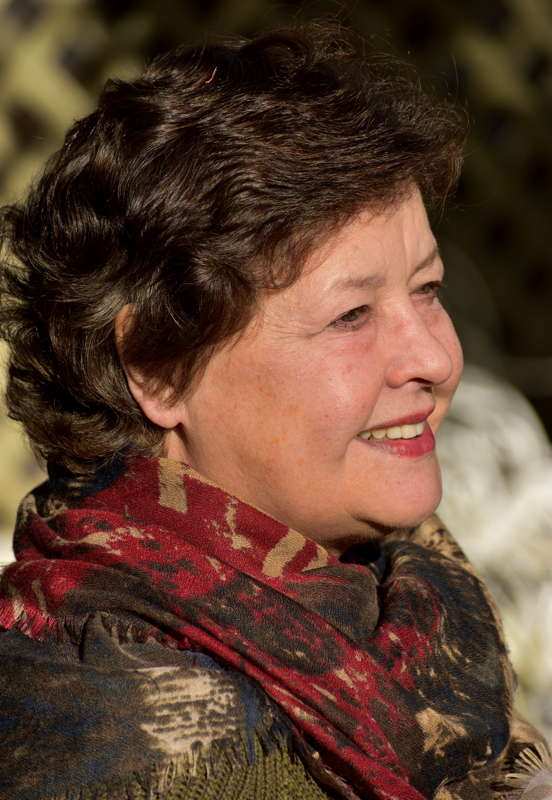
Hilary Tann. Photo © 2017 Javier Monjas
Ona Jarmalavičiūtė: Your newest CD is based on André Bergeron's Lithographs. How were you inspired by them? What unites your music and his lithographs? How would you describe this collaboration?
Hilary Tann: And The Snow Did Lie is my first (and only) string quartet. As a classically-trained composer and cellist, I've held the string quartet literature in awe for most of my life. André Bergeron's depiction of the natural seasons from fall to spring gave me a way to fuse my love of nature with the many varied timbres of the string quartet. The ten lithographs each have evocative subtitles drawn from Le Survenant, a well-known French-Canadian novel by Germaine Guèvremont - for example: 'lake and sky black with birds' or 'floods of May'. All of these word-images were captured by André in visual-images, in turn giving me the opportunity to create sound-images. For me the process is one which seems to belong to the particular kind of natural-world / musical-world synesthesia that informs all my writing. Parma Recordings launched a video of the lithographs and music as one of their Live Stage events, and it may still be viewed here.
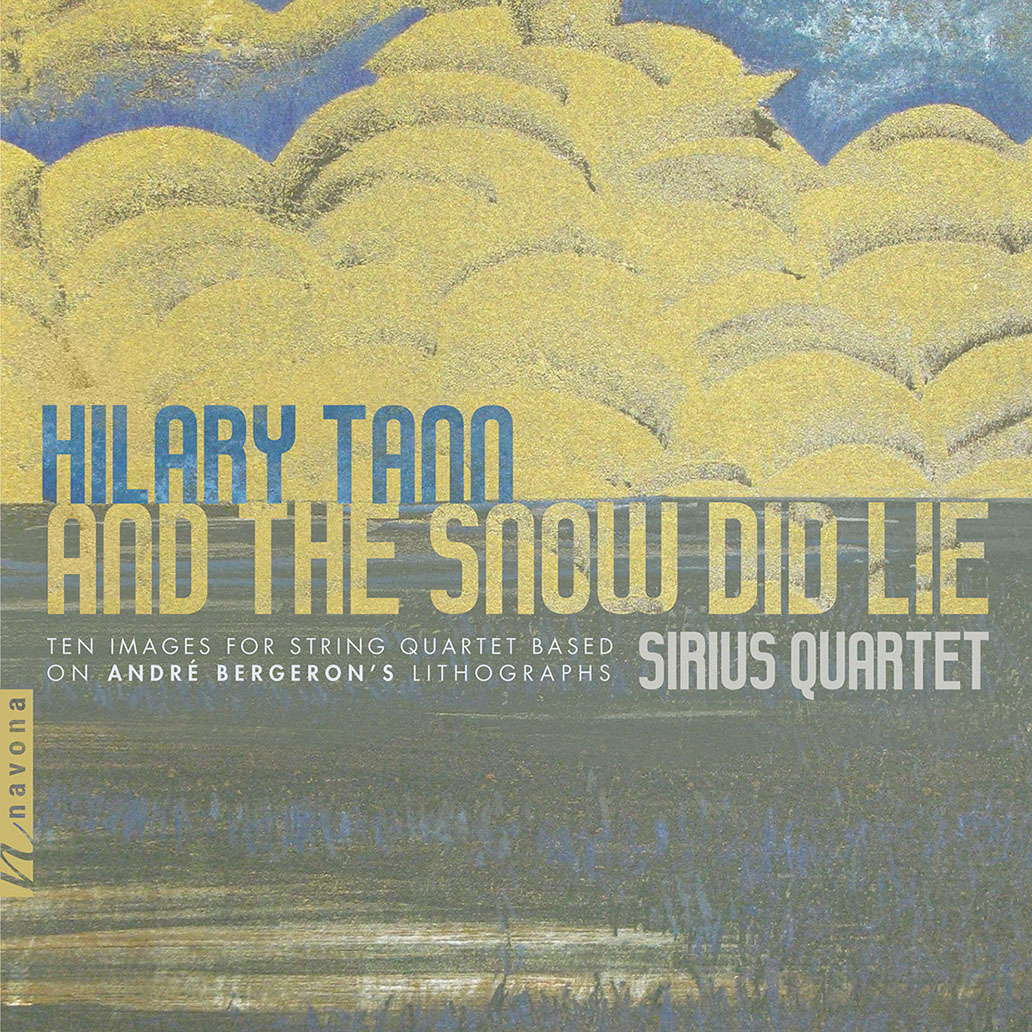
Hilary Tann: And The Snow Did Lie - Sirius Quartet. Released digitally in April 2020 on Navona Records NV6280
OJ: How do you understand and create space in the piece of music? What meaning does space have in the sound you create?
HT: Oh, this is a very interesting question. A discussion of space might deal with temporal space or with physical space. To deal with the latter first: a violist once told me that playing a piece of mine was like 'living in a landscape'. I could not ask for a better description of what I try to achieve as a composer. Temporal space is another matter, especially in music - how substantive is silence? Are silences heard differently in different cultures? I was once privileged to interview the Japanese composer Toru Takemitsu. I tried to pin him down about ma - the Japanese concept of 'void' or 'emptiness'. But he quickly corrected me and said 'ma is the universe, ma is very big and man is very small, ma is the mother of sound.'
OJ: You have a unique music style. How did you develop it? What moments really formed who you are as a composer?
HT: Allow me to be autobiographical. I grew up in the coal-mining valleys of South Wales. The Rhondda Urban District Council let me borrow a cello - half size, then three-quarter size, then full size - and I was encouraged to play in the local youth orchestras, including the National Youth Orchestra of Wales. It is amazing to me to recall that I was exposed to the great orchestral music of the world during my teenage years. I remember playing the Largo from Dvořák's New World Symphony when I was eleven and thinking that this would be the happiest I would ever be in my life. I also played piano during these years and looked for the accidental-filled stretches of Beethoven sonatas and grew to love Bach. My joy in writing for instruments - especially orchestral instruments - and my love of clear lines and counterpoint comes from this time.
OJ: There are strong themes of traditional music of Japan and the nature of Wales in your creative work. What pulls you the most to create music about this theme? How does it change your approach to composition?
HT: These are really two influences. I came to the traditional music of Japan almost by accident. I was teaching at Bard College in Upstate New York and caught wind of a concert of 'Japanese music'. I went on a whim, not expecting anything, but then I heard the solo music of the shakuhachi, the vertical Japanese bamboo flute, and it changed my life. I could not let this sound-world simply disappear and so I arranged to have lessons with the performer, Ronnie Nyogetsu Seldin, five hours away in New York City. The music for this instrument opened up a whole new timbral world to me and ultimately led to my going to Japan with my sensei and subsequently to two semesters of teaching Japanese Traditional Music as a Visiting Professor at Kansai Gaidai - a university with a program for foreign students between Osaka and Kyoto. The nature of Wales is simply the nature I grew up with. However, my mother was a keen amateur naturalist and she taught me to admire and love the smallest details of the landscape as well as the vast bare vistas of the mountaintops. My family was a family of walkers and there was always the sense that we could escape from the rain-swept coal mines on the valley bottoms to climb up to high points covered in ferns and mosses where we could see the sea of the Bristol Channel glittering in the distance.
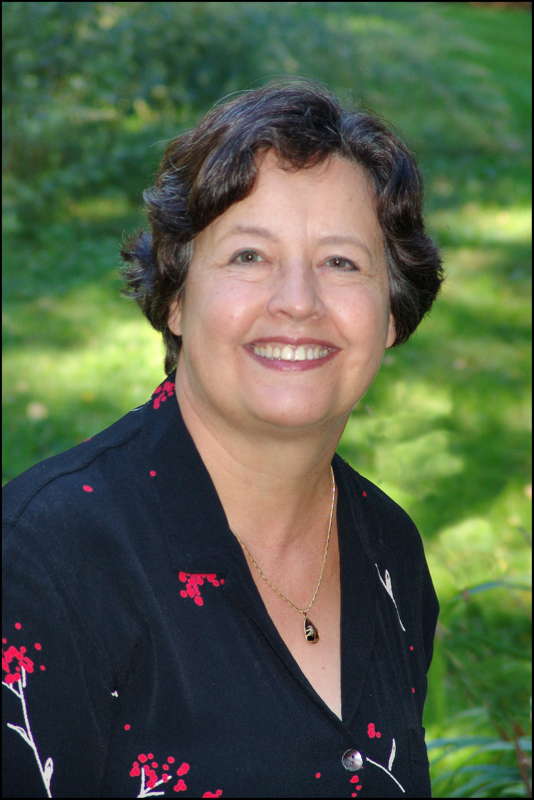
Hilary Tann. Photo © 2015 Lawrence White
OJ: What distinctive traditional elements of music from Wales and Japan do you enjoy the most? What do they mean to you creatively?
HT: Wales and Japan are island nations. I feel as at home in the close communities of Japan as I feel at home in the close communities of Wales. Both nations also respect the land, nature and the sounds of the seashore. From Wales and from my naturalist mother I've grown to love nature in all its forms, but especially the bleak northern landscape. I relate to Sibelius and Shostakovich and also to the northern edge of the English pastoral tradition epitomized by Vaughan Williams. My long years of studying the shakuhachi have led to a deep appreciation of the ancient music of Japan - the timbral control, the ever-present wave-like jo-ha-kyu curve, ma - substantive silence. As a composer, pitch ceases to be the defining aspect of sound, rather, it is one of the elements, albeit a forceful one, which makes up the composer's palette. After the relatively confining, serial world of my Princeton graduate school training, it was entirely liberating to hear music in this new-old way.
OJ: What relationship do you have now with your childhood and home country? How does this relationship influence your creative work?
HT: My relationship to Wales remains very strong. I did not leave Wales for Princeton until my mid-twenties. The CD you mentioned at the beginning of this interview was commissioned by the Presteigne Festival - Artistic Director: George Vass - which is on the border of England and Wales. My next two commissions are from Wales and Washington DC. I set the words of Welsh poets and fly back to my first home two or three times a year. Except for my husband, David Bullard, all my family is in the UK. My bio begins with the words 'Welsh composer, Hilary Tann'. Most of all I have a very deep sense of belonging to the landscape of Wales. In Welsh, this sense is called hireath. It is also why I think I was so attracted to André Bergeron's lithographs of the northern landscape. Do, please view the lithographs.
OJ: What did you learn from your composition studies in the University of Wales at Cardiff and from Princeton University?
HT: At Cardiff my undergraduate degree was a Bachelor of Music, so for three years I took eight music courses a week - counterpoint, harmony, ear-training and keyboard skills, history, contemporary works, composition, analysis and orchestration. This was intensive training in music, scarcely conceivable in these days of the preferred liberal arts education. In addition, I played in the orchestra, the string orchestra and in chamber music groups, participated in the choir and attended weekly concerts - required! I graduated in 1968, at the age of twenty. My composition teacher was Alun Hoddinott who simply kept me writing one piece after another. My thesis was a three movement symphony, the second movement of which was dedicated to the memory of the absurdist philosopher and novelist, Albert Camus. At Princeton, even though I studied with Milton Babbitt for a time, my main mentor was an extraordinary and eccentric thinker, J K Randall. With Jim Randall, music became thought. I am very grateful for the time I spent with him. He once defined composition as 'taking the commonplace and making it incandescent'.
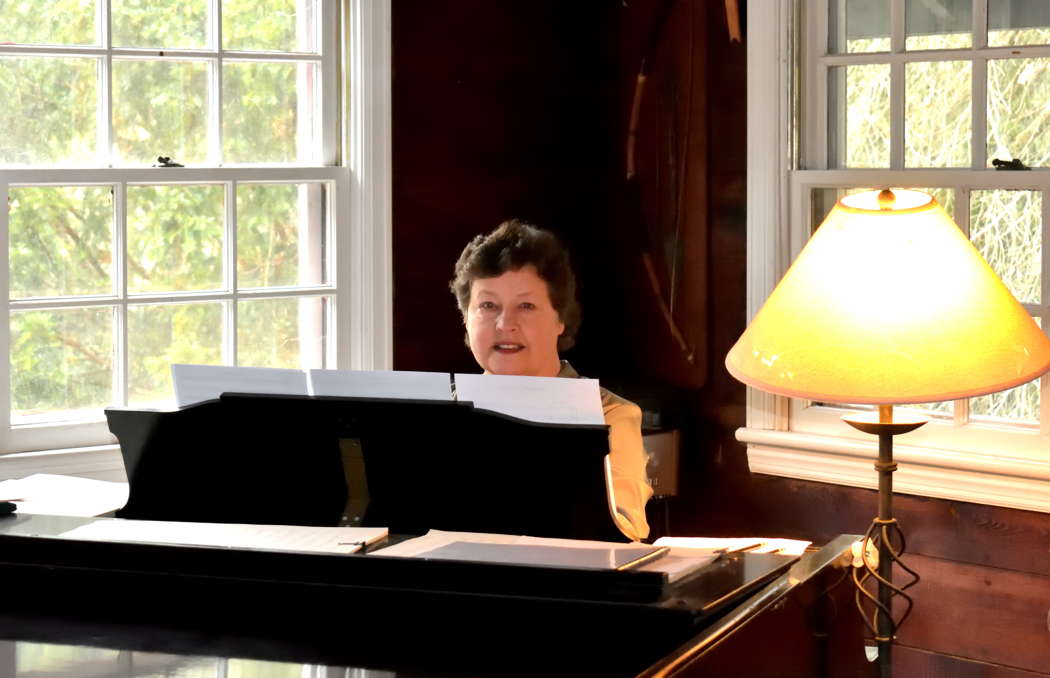
Hilary Tann. Photo © 2017 Javier Monjas
OJ: Are there any similarities between music composition and your interest in writing haiku?
HT: Aha. As an avocation, I am a published haiku poet - haiku in English, that is. My music and haiku share a deep connection with nature, and also, I think, a willingness to look into the deeper interconnectedness of the physical and human worlds. For example, a poem (of mine) such as 'overwintering / their different ways / birch and pine' has a clear surface meaning, but it also suggests that people face adversity in different ways. Some 'lose their leaves', others brave the elements. André Bergeron's ten lithographs follow a natural sequence through the seasons. My music, too, follows a sequence, but the narrative could equally well refer to a time of dormancy after adversity and then a time of life returning to full flow. If a listener wishes to hear only the music without seeing the lithographs - fine, the music will work alone. But if the listener wishes to get the full flavour of the music, then the lithographs will give added context and enjoyment, especially if the listener shares my deep love of the natural world. I would add that, by their nature, haiku are 'of the moment'. They capture fleeting impressions. They are one-breath poetry. Writing haiku helps me to rein in my composer's tendency to be always looking forward, always selecting from many perceived futures. Haiku bring me back to the present.
OJ: What kind of impact do you want to have on the listener? If you knew that you had only one last opportunity to express yourself creatively, what message would you want to convey to others?
HT: My music definitely belongs to the sacred side of the sacred/secular divide. More than anything, I wish to present to the listener an inhabitable, sane world, an oasis of pleasurable calmness where the narrator (myself) can lead the ear down unexpected byways with no fear or angst. My texts are almost exclusively sacred in nature, one of my favorite being the opening of Welsh poet R S Thomas' The Moor - 'It was like a church to me. / I entered it on soft foot, / Breath held like a cap in the hand. / It was quiet.' For the many wonderful performers I've met in my life, I would like my music to be clearly notated and 'right' for the instruments. I'd like the performer to be able to know the piece intimately so that s/he can add her own voice and interpretation - another overlay. And I would like to earn the listener's trust and delight in every twist and turn of the musical narrative - a surprising harmonic recolouration, a shift in the rhythmic underlay, a mysterious timbre made up of new combinations, a dynamic surge that peaks and breaks like a white-capped wave. I write for the pleasure of the performers and listeners. A glance at my titles reveals my joy in simply being alive in this wondrous green world - In the Theater of Air, With the Heather and Small Birds, Seven Poems of Stillness, Winter Sun, Summer Rain, Songs of the Cotton Grass. I wish to share this joy with others.
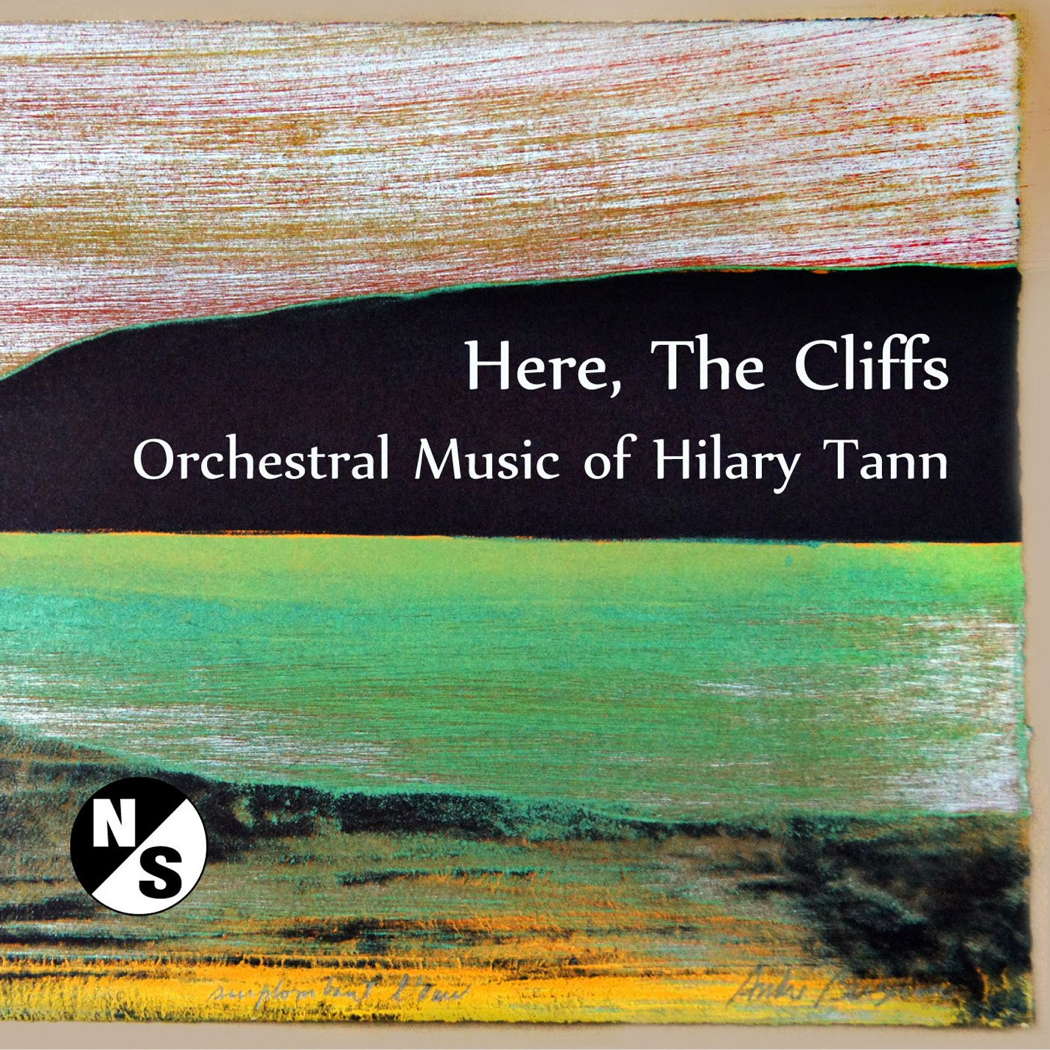
Here, The Cliffs - Orchestral Music of Hilary Tann on the North/South Consonance label
OJ: Thank you very much for the conversation!
Copyright © 27 May 2020
Ona Jarmalavičiūtė,
Vilnius, Lithuania

FURTHER INFORMATION: HILARY TANN
FURTHER INFORMATION: NAVONA RECORDS
FURTHER INTERVIEWS, PROFILES AND TRIBUTES


